A recently acquired collection of papers belonging to longtime Salem educator James Carlton Nelson have yielded a few unexpected surprises. The papers consisting of a number of letters indicate that for some time in the 1910s, Nelson was interested in botany and maintained a robust correspondenc
e with scholars (professional and amateur) across the country. All while serving as principal of Salem High School.
The papers themselves are full of information about various species of plants, which Nelson was apparently actively collecting and sending to his correspondents for identification and preservation. They also offer an interesting look into scholarship in a pre-digital age.
James Carlton Nelson
By day, James Carlton Nelson was principal of Salem High School, dealing with the day to day needs of students in their academic quests. But in the evenings and on weekends and summer breaks, a newly donated collection of letters to the Willamette Heritage Center reveals that Nelson had another passion: botany. He collected specimens from all over Oregon and carried on correspondence with scholars across the country. His pressed flora specimens even made their way into the Gray Herbarium at Harvard University.
James Carlton Nelson was born in Kentucky in 1867,[1] just two years after the close of the Civil War. Nelson’s father was a farmer turned newspaper editor.[2] Nelson was educated at Hannover College in Indiana and began a life-long career in education in Carthage, Missouri. He taught and served as a principal in schools in Iowa, Illinois and Wenatchee, Washington before arriving with his wife Anna Van Horssen Nelson[3] and son Thomas in Salem in about 1914. Nelson worked for Salem High School until his death in 1944, as principal for 15 years, then as principal emeritus and registrar.[4]
Beyond an undergraduate degree in “science,” membership in what an obituary calls the “Botany society and Fern society” and a friendship with Willamette University botany professor Morton Peck, Nelson does not appear to have any academic credentials in the field of botany.[5][6] Nevertheless, this new collection of letters donated to the Willamette Heritage Center reveals Nelson maintained a lively correspondence with renowned botanist James Francis MacBride and several others, amateur and professional. In addition to requesting help from MacBride in identifying specimens he had collected, Nelson was also able to help the scholar by sending specimens back to Cambridge for MacBride to use. MacBride referred to Nelson as his one of his “good ‘botanical’ friends of the far west” and frequently encouraged him to send any specimens he might come across, sometimes mentioning specific materials he was seeking.[7] In a letter dated January 6, 1919, MacBride writes: “We shall indeed be mighty grateful for material from Oregon of Plantago major var. intermedia, because we do not have this variety from farther west than Ontario…”[8] At least 53 specimens collected by Nelson are part of the Gray Herbarium’s collections today.
The location notes of the specimens collected seem to indicate that Nelson’s collecting expeditions were sometimes quite casual in nature. He found specimens on a “vacant lot on Marion Street” and the “bank of Mill Creek at N. Winter Street” as well as in more exotic locations like on a “dry rocky hillside near Mule Creek” in Curry County and “on old ballast in ship yard” in Portland. One can almost imagine him taking evening walks from his home at 541 Cottage Street SE (and later 104 E. Wilson Street) keeping an eye out for specific species. As he passes “a yard on south Church St.” he bends down and snaps off a twig from an interesting shrub. Later, at home he presses the sample between heavy books or in his plant press and by the dim light of the lamp pours over his collection of botanical treatises, systematically crossing out potential classifications based on the shape of the leaves and how they attach to the woody stem. After determining the genus and species, he carefully writes out on a small card the identification, the date and a few short notes about where the piece was found in his curling script.
After more than a half century in education, I think that Principal Nelson would be proud to know that the specimens he sent back to MacBride continue to serve researchers at the Gray Herbarium. Several of his pressings have been digitized and are now available for us at home to view through the Gray Herbarium website. Thanks to the work of our volunteer Lew, you can also read some of the letters sent to Nelson on the Willamette Heritage Center website.
The Collection
The collection itself consists of 23 letters and a pamphlet. You can see a listing of all the materials here. Perhaps the most distinguished correspondent was a very young James Francis MacBride. At the time of these letters MacBride was working at Gray’s Herbarium at Harvard. A selection of letters from MacBride and others have been digitized and are available for reading below.
Citations
[1] Estimate based on ages in Census records from 1870-1940. See particularly the 1900 Census which lists his D.O.B. as December 1867. 1900 US Federal Census, enumerated 15 June 1900. 2nd Ward, City of Dubuque, Juliene Township, Dubuque, Iowa, sheet 15. It is corroborated in his obituaries in both the Oregon Statesman (“James Carlton Nelson Dies Suddenly Saturday Night, 30 Jan 1944, page 1) and the Capital Journal (“James C. Nelson’s Funeral Set for Tuesday at St. Paul’s” 31 Jan 1944, page 10) which list his birthdate as 11 Dec. 1867
[2] See U.S. Federal Census Records for William H. Nelson. 1870 US Federal Census Carelton Precint, Boone County, Kentucky, Post Office Rising enumerated 5 July 1870, page no. 14. 1880 US Federal Census Carlton District, Boone County, Kentucky, enumerated 19 June 1880, page 31.
[3] Iowa State Marriage Records. 23 Jul 1904, Sioux, Iowa.
[4] This date estimate comes from the 1937 Clarion annual (Salem High School) which states in reference to Nelson “when a man has spent twenty-three successful years in such an institution – fifteen as principal, eight as principal emeritus – he is quite liable to feel a certain affection and attachment for it…” Subtracting 23 from 1937 provides an approximate arrival date of 1914. There is further discrepancy in his arrival date given in the two obituaries in Salem papers, one stating he arrived in 1915 and one in 1914. See: Oregon Statesman (“James Carlton Nelson Dies Suddenly Saturday Night, 30 Jan 1944, page 1) and the Capital Journal (“James C. Nelson’s Funeral Set for Tuesday at St. Paul’s” 31 Jan 1944, page 10). The 1915 Clarion Annual (published June 1915) does have Nelson listed as principal (see WHC 0081.007.0001.004). The 1915 Clarion Annual published June 1914 has another man listed as principal (see 0083.001.0010.018). It seems logical to assume that Nelson spent an entire academic year (Sept 1914 – June 1915) as principal, but there is no hard evidence for this. If this is the case, his arrival in Salem would be placed sometime between June 1914 and September 1914.
[5] “James Carlton Nelson Dies Suddenly Saturday Night.” Oregon Statesman. 30 Jan 1944, page 1.
[6] “James C. Nelson’s Funeral Set for Tuesday at St. Paul’s.” Capital Journal 31 Jan 1944, pg 10.
[7] Letter dated May 10, 1919 to James C. Nelson from James Francis MacBride. WHC 2016.053.0002, Item 4 page 1.
[8] WHC 2016.053.0002. James C. Nelson Papers, item 15.



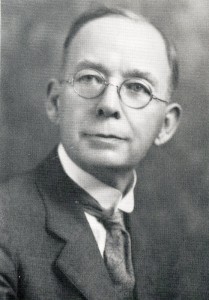
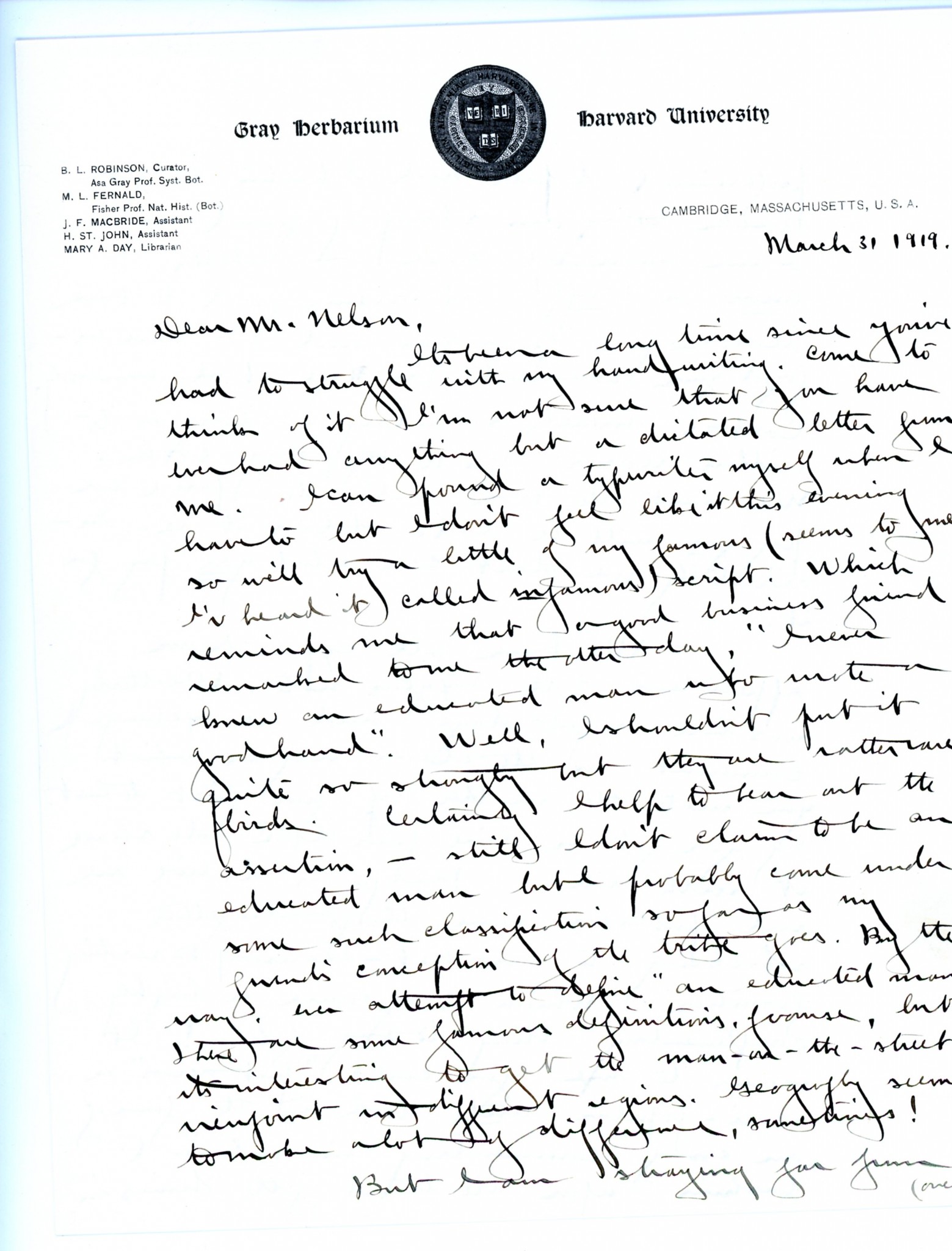
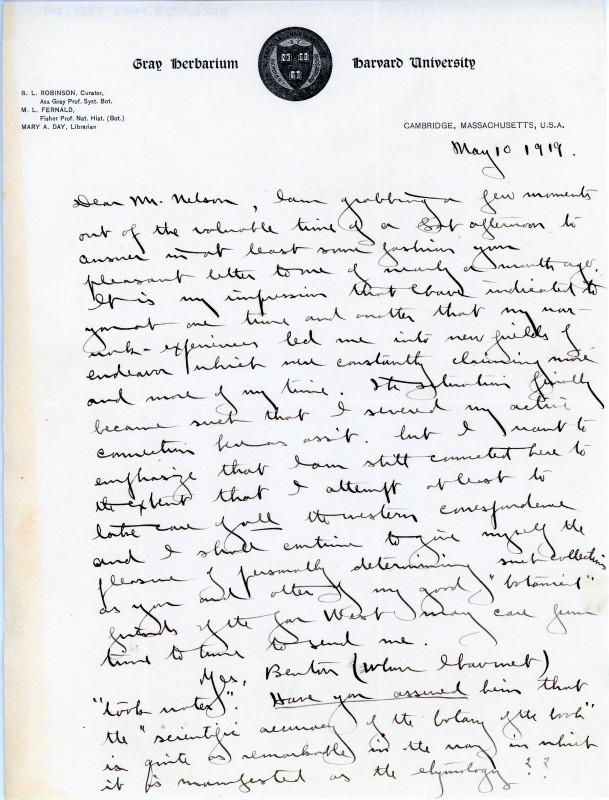
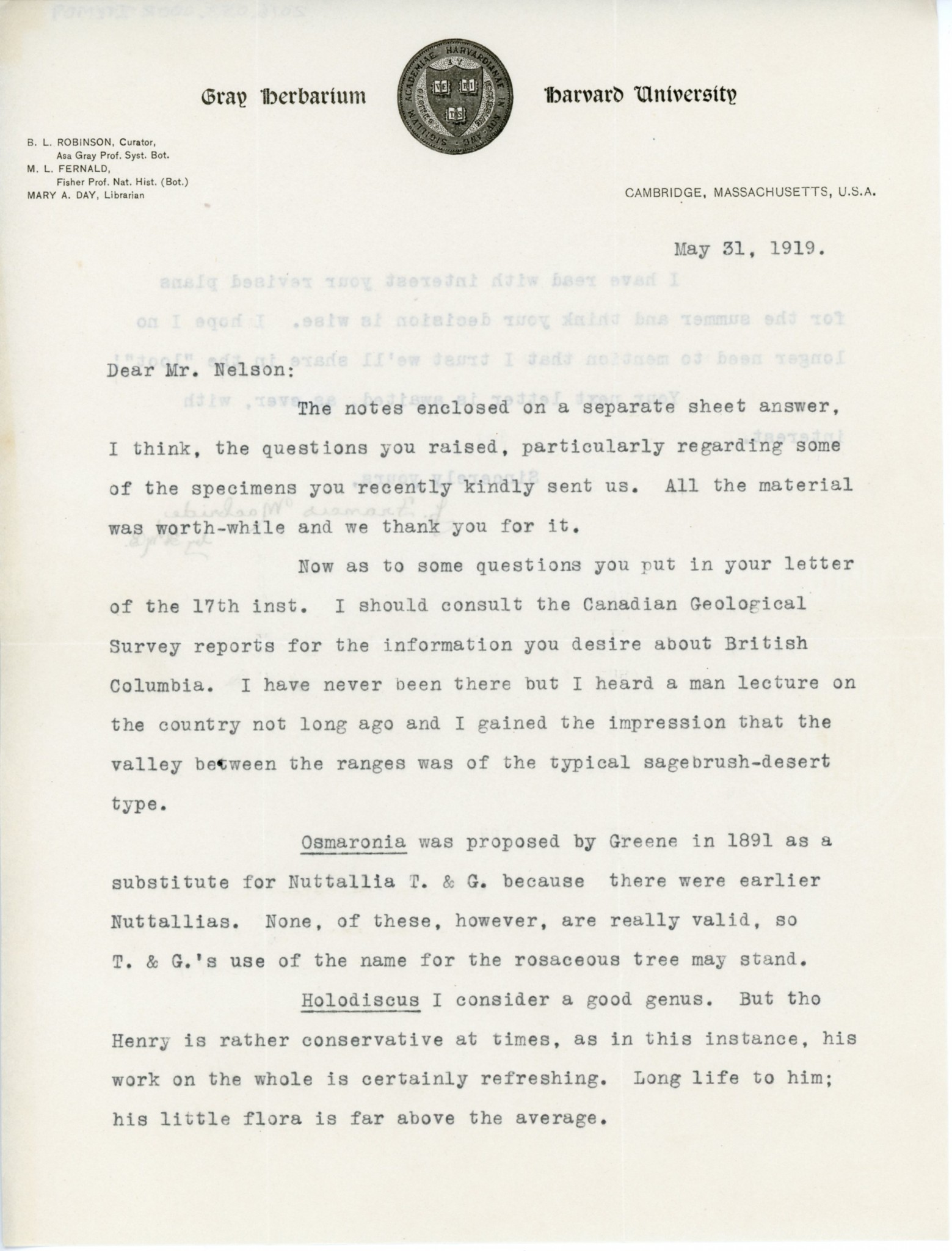
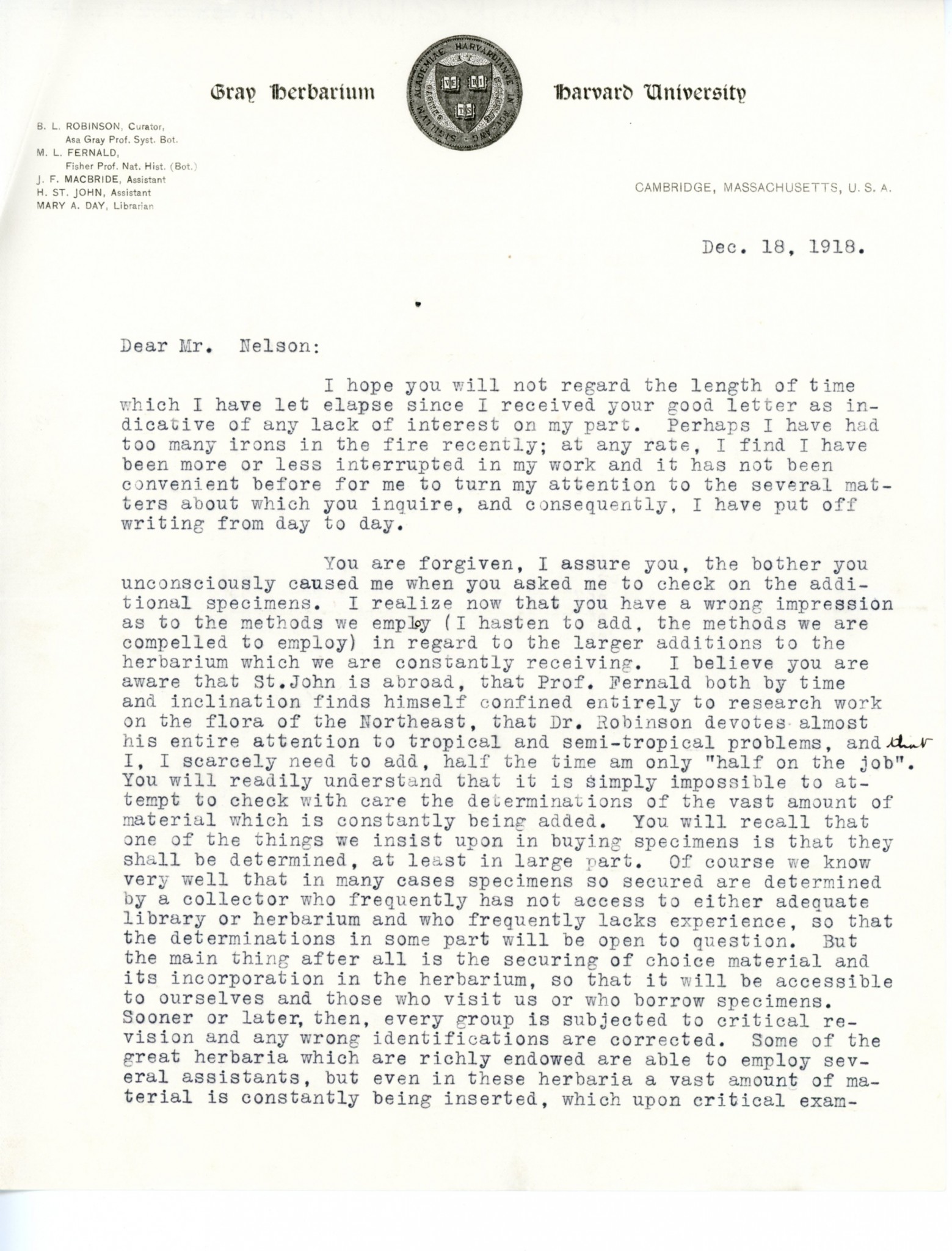
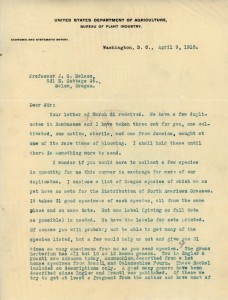
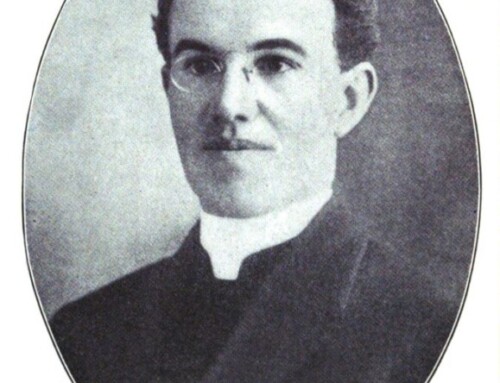
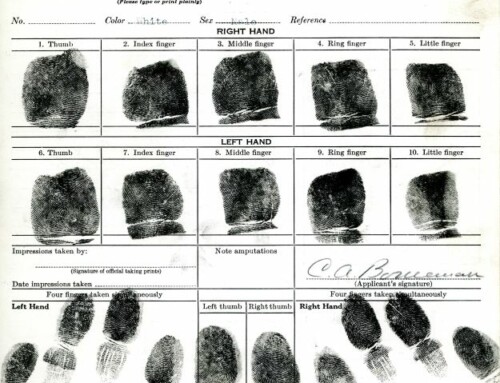
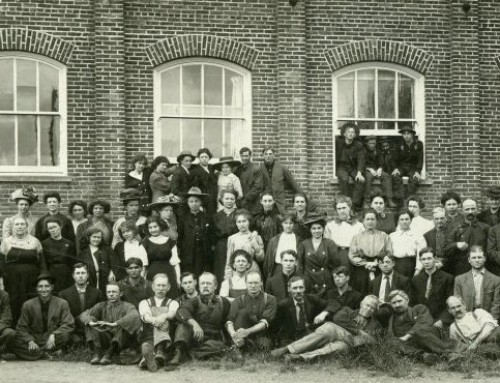
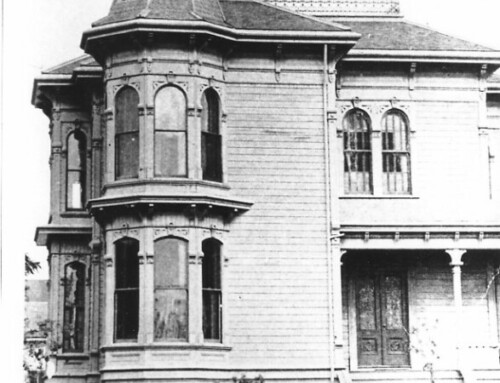
Leave A Comment